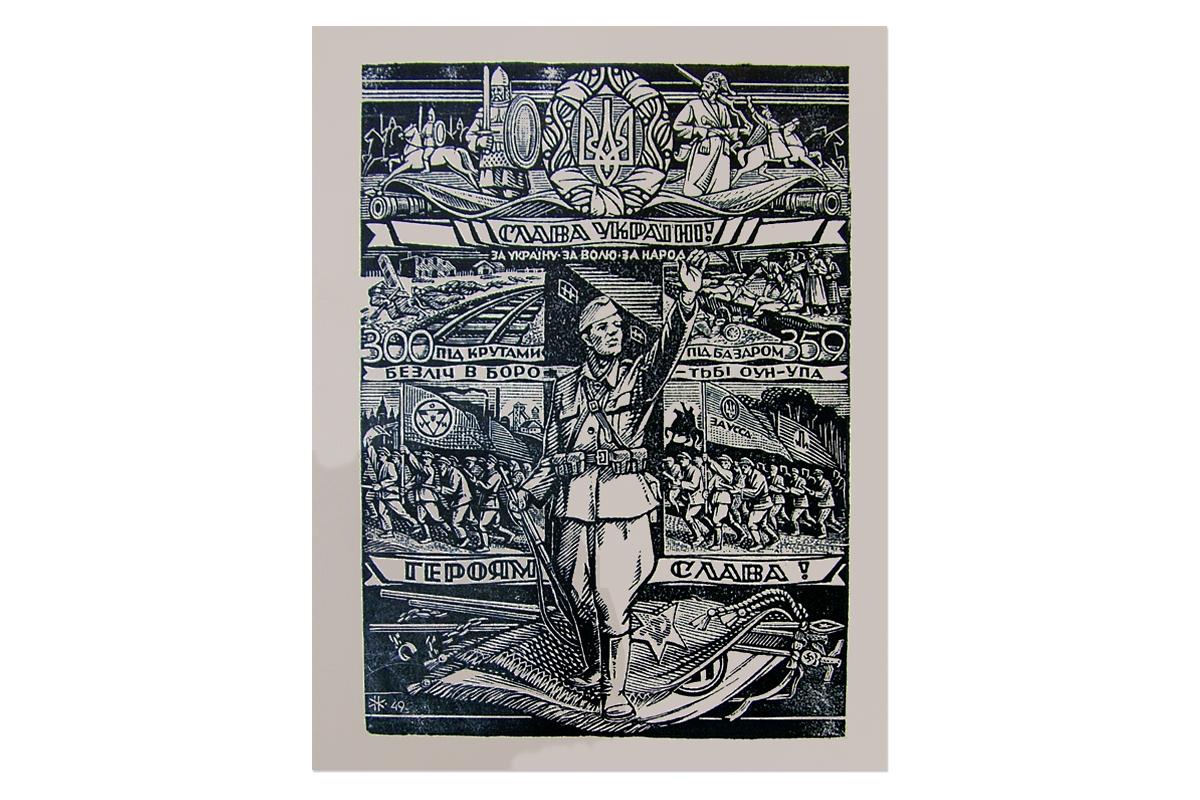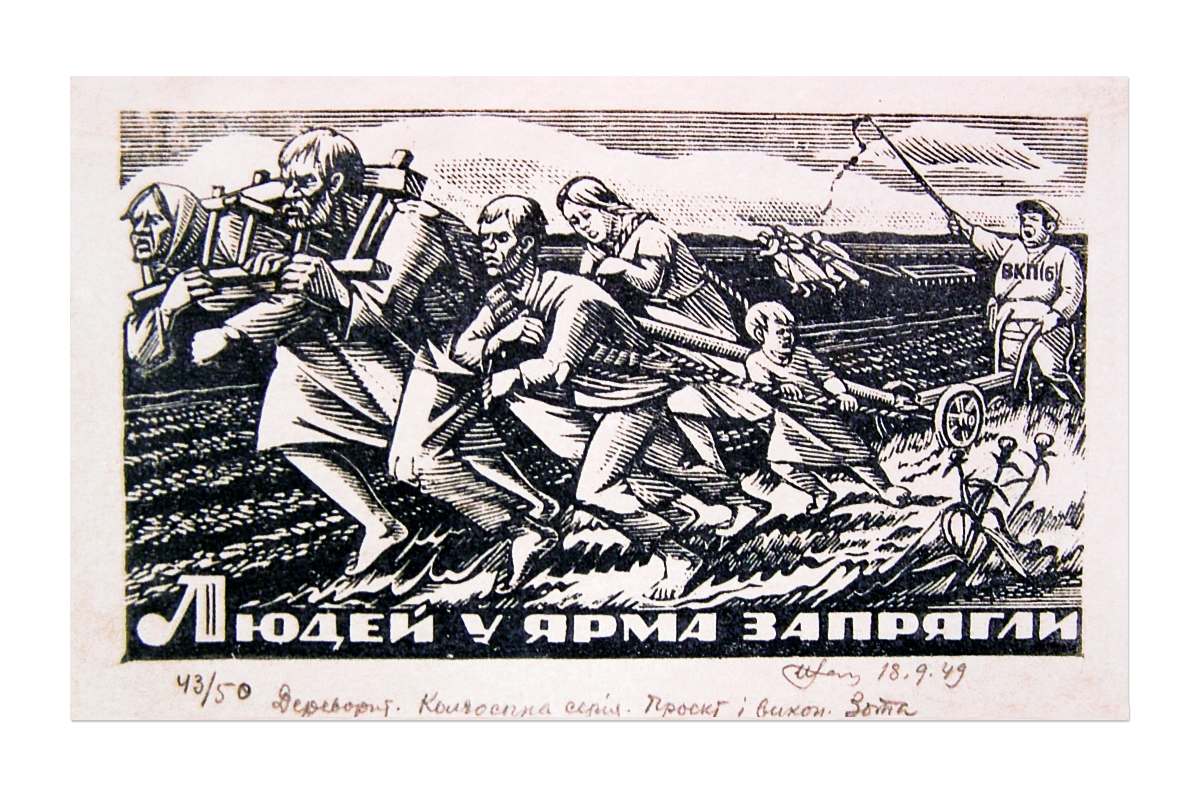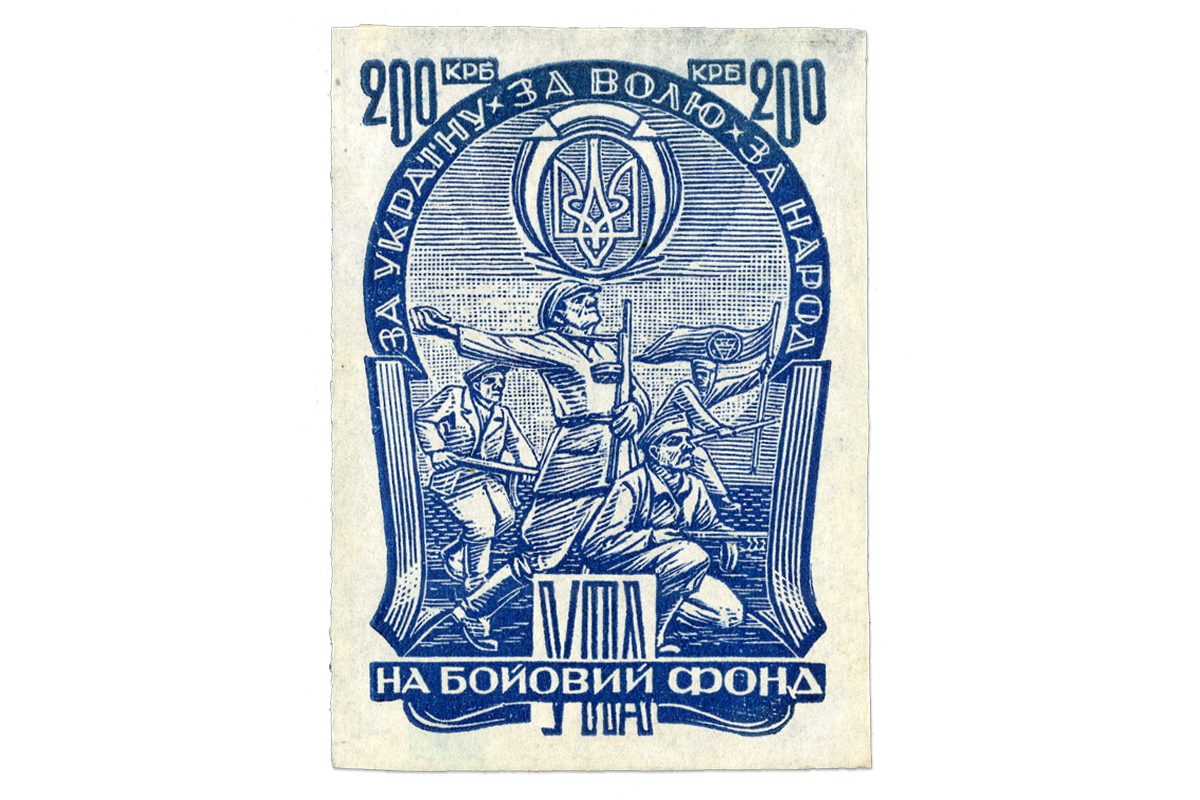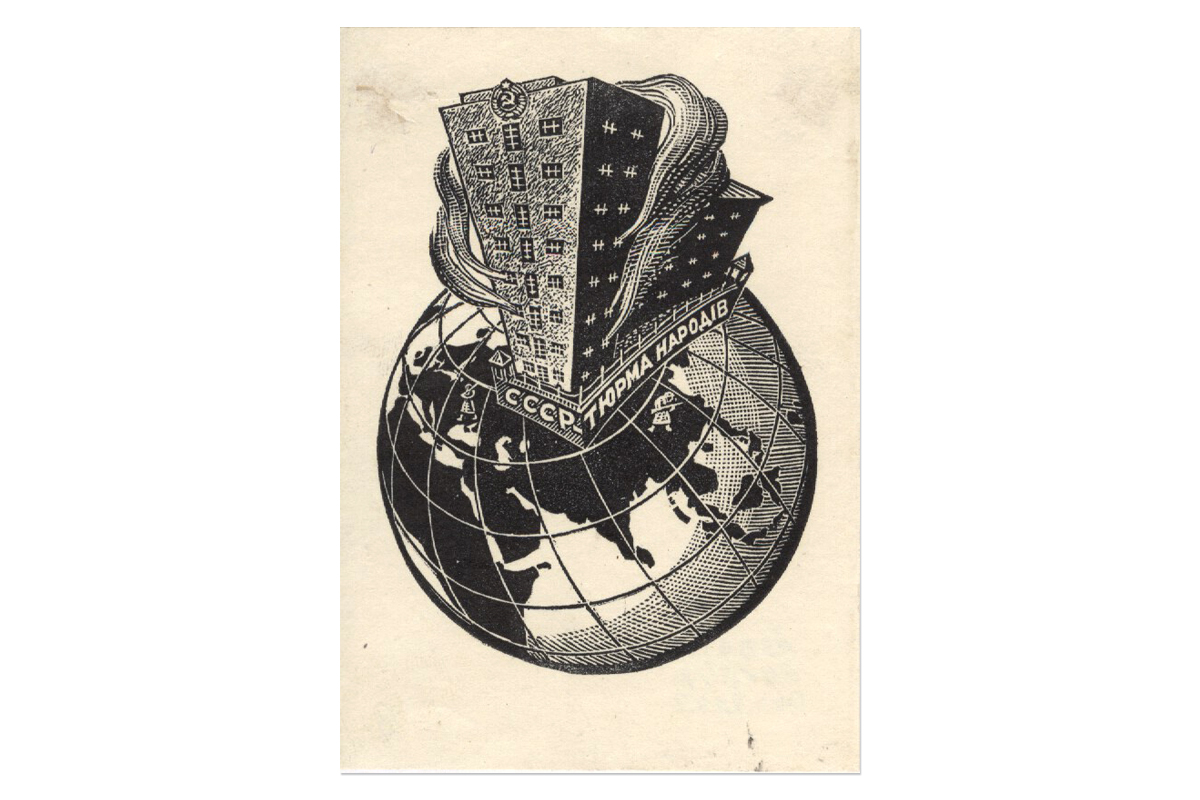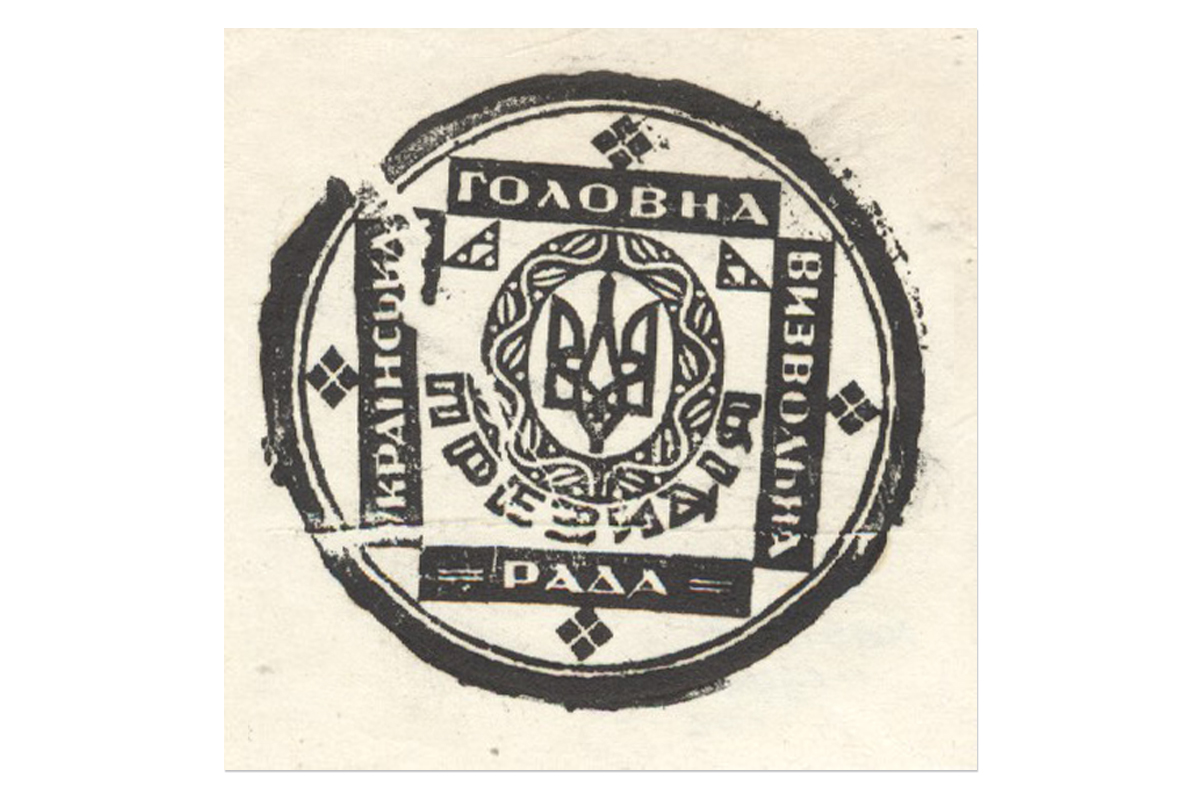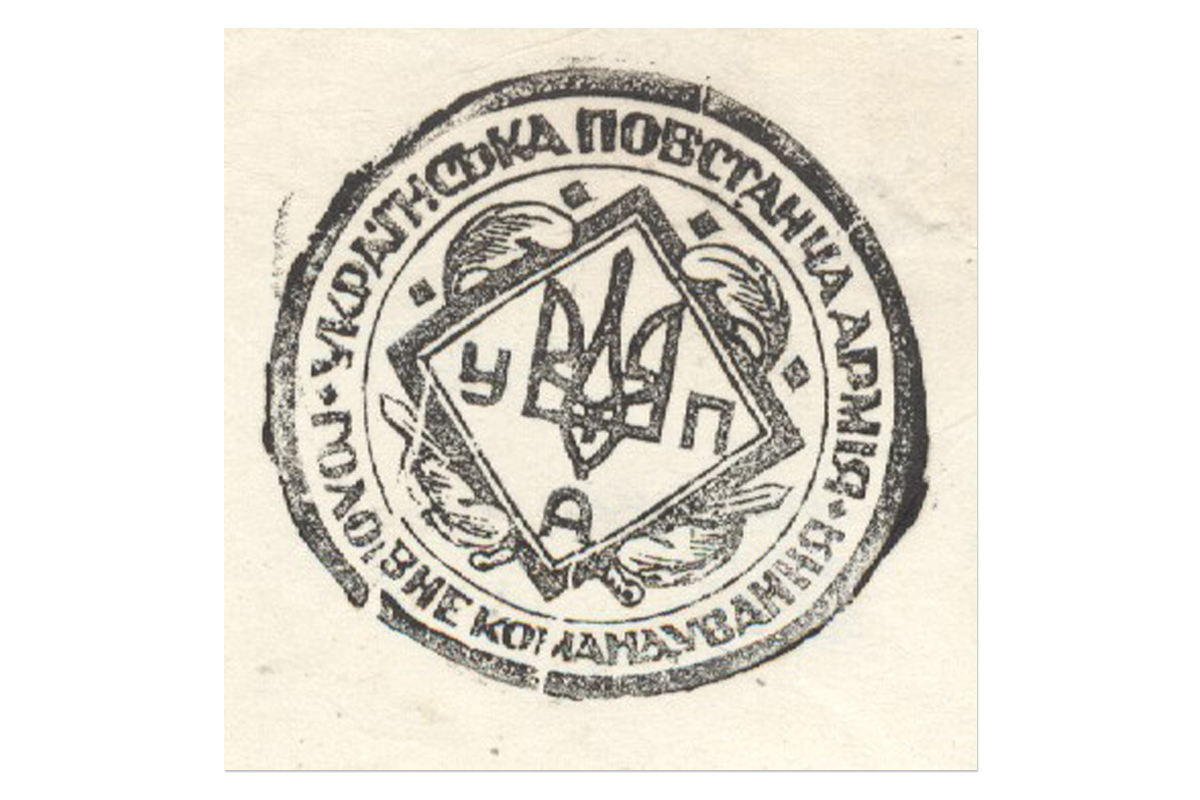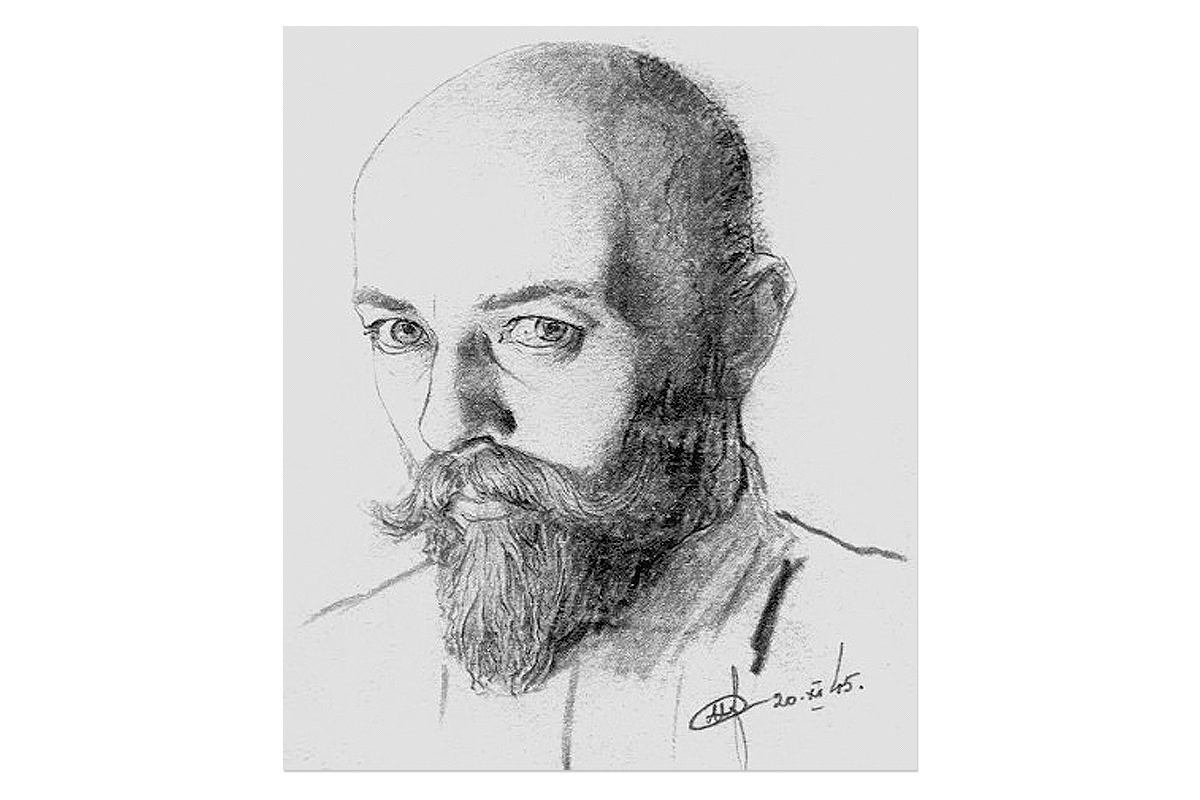In 2008, unique artifacts were transferred from the State Archive of the Security Service of Ukraine to the museum’s collection, which immediately filled the exhibition on the Second World War a distinctly Ukrainian narrative, thus marking new directions for the development of our institution in this field. These included the "Album of Nationalist Leaflets, published by the underground printing house named after T. Shevchenko," the "Album of Graphics by ’Zot’ and his group," propaganda brochures, and the cliché for the postcard "People were harnessed into slavery," all of which had been kept under the classification "top secret."
The incorporation of the Ukrainian liberation movement into the Museum’s space in the 1990s was indeed bold but only the first attempt to rethink what had been ostracized for decades. The exhibition "Partisans of Ukraine in the Struggle Against the German-Fascist Invaders" was primarily built on the contrast between official Soviet documentation and so-called "trophy" sources, as well as, by an incredible coincidence, uncensored private correspondence from the environment of the Red partisans with testimonies about the heterogeneity and ambiguity of the independence movements. For many years, this theme remained a distant echo of the heroism and sacrifice of the Red Army soldiers of Ukrainian descent.
The true significance of this phenomenon for the history of our 20th-century military chronicles began to be realized around the mid-2000s. However, at that time, there was a critical lack of original materials. Therefore, the collection of graphic works by the UPA artist, Nyl Khasevych, obtained from the SBU, allowed for the return of what seemed to have been erased from the historical memory of Ukrainians—the image of the warrior-genius, and, most importantly, to demonstrate the profound essence of this movement: the fight for an Independent Ukrainian Sovereign State.
He was known by his pseudonyms: Zot, Bey, Levko, Rybalka, 333, Old Man, and only a few knew who he really was, what he did, and where he was at a particular time. When, in 1951, his underground engravings were presented to delegates of the UN General Assembly and foreign diplomats, Nyl Khasevych became a personal enemy of the Soviet authorities, condemned to death by Kremlin tyranny.
An orphan and cripple from childhood, whose artistic works were exhibited in art salons in Lviv, Prague, Berlin, Chicago, and Los Angeles. Alongside his artistic endeavors, Nyl Khasevych was also involved in public and political activities. He was a talented propagandist, ran a printing house for the Ukrainian insurgents, worked as an artist and editor for UPA magazines, designed leaflets, postcards, underground publications, and developed projects for flags, seals, forms, and awards. His wartime and post-war legacy includes 150 woodcuts, which were published in the albums "Volhynia in Struggle" (1950) and "Graphics in the UPA Bunkers" (1952).
"I cannot fight with weapons. But I fight with a chisel and a gouge. I am a cripple, fighting at a time when many strong and healthy people in the world do not even believe that such a struggle is possible... I want the world to know that the liberation struggle continues, that Ukrainians are fighting." These words, spoken by Nyl Khasevych shortly before his death, fundamentally transformed our worldview and became a guiding light for an independent future.
